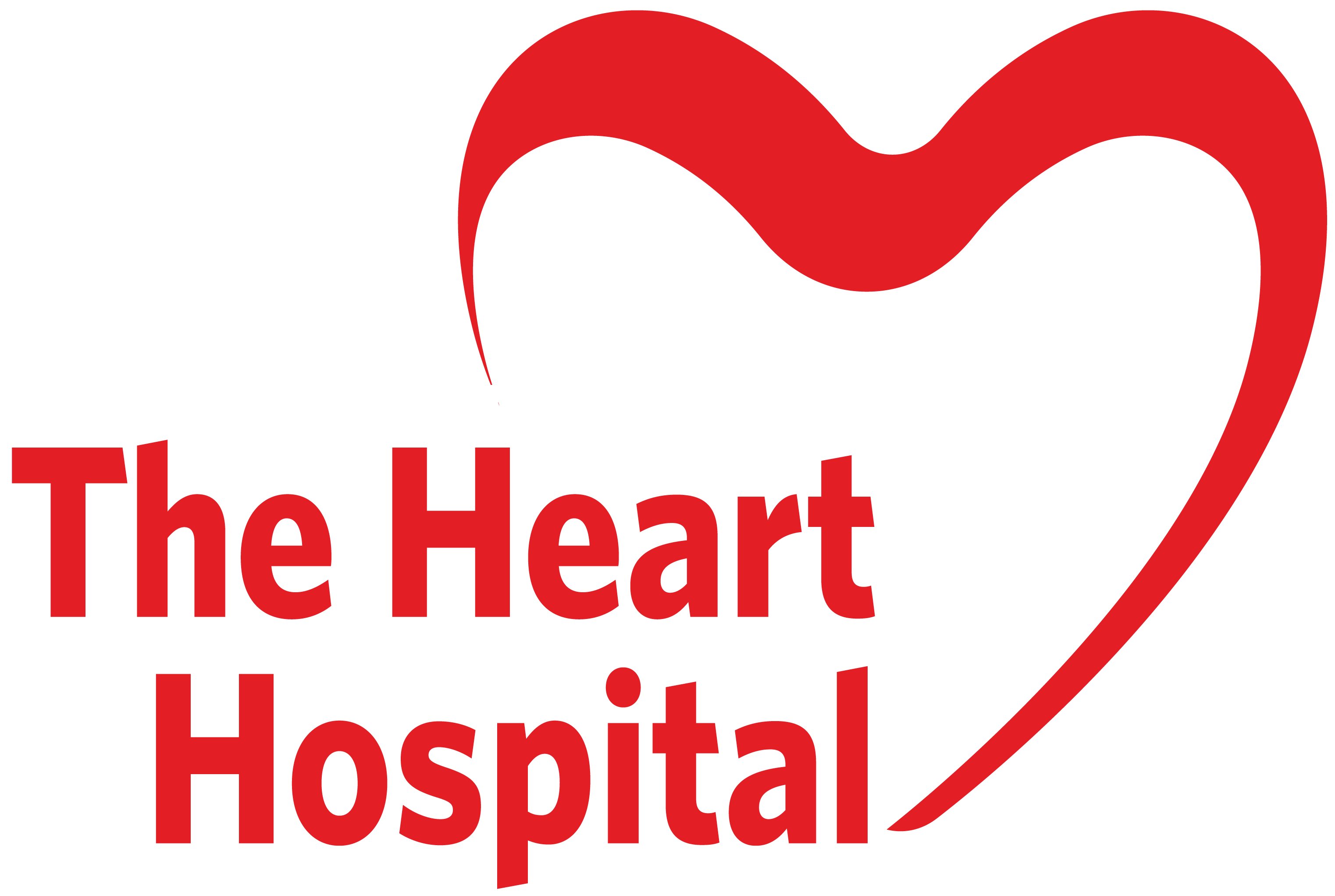Overview
Heart failure (HF) is when the heart fails to pump enough blood to fulfil the needs of the body or can do so only at higher than normal filling pressures. Ejection Fraction (EF) measures the ratio of the amount of blood pumped out during systole to the amount of blood collected in the diastole.
Categories of Heart Failure
Based on EF, HF is divided into three categories – HfrEF (reduced EF<40%), HFmrEF (mildly reduced EF 40-49%), and HFpEF (preserved EF> 50%). Many medications, including the renin-angiotensin-aldosterone system blockers, beta-blockers, SGLT2 inhibitors and diuretics, are used to manage these patients. However, a common and important associated comorbidity of iron deficiency in HF has primarily been unaddressed.
What is Heart Failure?
HF is a condition of diminished cardiac reserve and myocardial energetics. The drugs mentioned above help counter the overactive detrimental compensatory mechanisms (renin-angiotensin-aldosterone and sympathetic overactivity) in the failing heart but do not improve the myocardial energetics. Intravenous iron therapy has been shown to improve myocardial energetics, translating clinically into improvement in symptoms, quality of life, NYHA functional class, and reducing recurrent hospitalisations due to HF in the select group of patients with iron deficiency.
Prevalence of Iron Deficiency
Iron deficiency and iron deficiency anaemia prevalence in heart failure is relatively high. As per one Indian study, it is 76% and 51%, respectively. Iron deficiency can occur even without anaemia, and this is one of the reasons why heart failure patients complain of fatigue and weakness despite normal haemoglobin levels. It is recommended to test all patients with heart failure for iron deficiency using serum ferritin, serum iron and transferrin saturation.
Heart failure patients can have absolute iron deficiency, defined by serum ferritin <100 microgram/L or functional iron deficiency, characterised by serum ferritin between 100-299 microgram/L and TSAT<20%. In either case, intravenous iron supplementation is required and can be easily done using IV iron injections. IV ferric carboxymaltose(FCM) injection (500-1000 mg) is an iron preparation that can be given over 15-30 minutes under observation. Patients can be safely discharged after that. The risk of adverse reactions, including anaphylaxis, is very uncommon. Active infection, active malignancy or a previous hypersensitivity to FCM are the only absolute contraindications for using this preparation. No test dose is required prior to injecting IV FCM. The patients can be reassessed for their iron status after 3 months. Patients with heart failure don’t achieve much benefit with oral iron therapy due to gut oedema, altered gut microbiome and hepcidin lock. Also, many patients do not tolerate oral iron due to gastric irritation.
IV Iron Therapy
The ideal candidates for IV iron therapy are heart failure patients with EF<45%, NYHA Class II-III and haemoglobin below 15 mg%. Patients with NYHA class I and haemoglobin> 15 mg% do not benefit from IV iron therapy. Hence, all heart failure patients must be screened for iron deficiency at least once or twice a year and offered IV iron if they fit the criteria of iron deficiency described above. This simple management strategy will go a long way in improving the quality of life and reducing hospitalisations for these patients.




